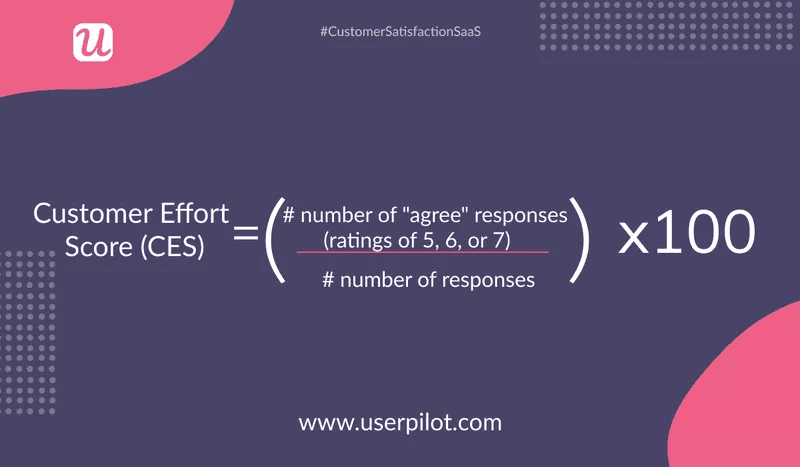Bright Insights Hub
Your go-to source for the latest news and information across various topics.
Turn Data into Devotion with Loyalty Retention Analytics
Unlock the secrets of customer loyalty! Discover how loyalty retention analytics can transform data into unwavering devotion. Dive in now!
Unlocking Customer Loyalty: How Retention Analytics Can Transform Your Business
Customer loyalty is the backbone of any successful business, and understanding the metrics behind it is crucial for sustainable growth. Retention analytics provides invaluable insights that can help you identify patterns, preferences, and pain points among your customer base. By leveraging data analytics tools, you can uncover not just who your customers are, but also why they stay or leave. This information allows businesses to tailor their marketing strategies and customer experiences more effectively, ultimately leading to higher retention rates. With a data-driven approach, organizations can craft personalized interactions that resonate with their audience, fostering a deeper emotional connection and driving long-term loyalty.
Implementing retention analytics involves tracking key performance indicators (KPIs) such as customer lifetime value, churn rate, and engagement metrics. By analyzing these elements, businesses can segment their customers based on behavior and value, enabling targeted retention strategies. For instance, you might find that a specific cohort of customers is at risk of churning and can implement a win-back campaign. Additionally, understanding the impact of your product or service quality through retention analytics can lead to improved customer experiences and, consequently, heightened loyalty. In today’s competitive landscape, investing in retention analytics isn’t just a choice; it’s a necessity for businesses aiming to thrive.

Counter-Strike is a popular tactical first-person shooter game that has captivated players with its competitive gameplay and team-based mechanics. Many players look for ways to enhance their gaming experience, such as exploring various clash promo code options to unlock new features or advantages. The game has evolved through several iterations, consistently maintaining a strong player base and becoming a staple in the esports community.
The Power of Retention Analytics: Strategies for Cultivating Devotion in Your Customers
Retention analytics is a powerful tool that allows businesses to delve deep into customer behavior, uncovering patterns and insights that pave the way for stronger relationships. By tracking metrics such as churn rates, engagement levels, and purchase frequency, companies can identify which strategies resonate most with their audience. Implementing targeted approaches based on these analytics, such as personalized marketing campaigns and loyalty programs, can significantly enhance customer satisfaction. Understanding your customers not only helps in retaining them but also turns them into advocates for your brand.
To effectively utilize retention analytics, businesses should consider the following strategies:
- Segment your audience: Group customers based on behavior and preferences to tailor interactions.
- Develop feedback loops: Regularly solicit and analyze customer feedback to identify areas for improvement.
- Implement loyalty programs: Rewards systems can motivate repeat purchases and enhance customer loyalty.
- Measure and adapt: Continuously track retention metrics to refine strategies and stay responsive to customer needs.
Are You Retaining Your Customers? Key Metrics to Monitor for Successful Loyalty Programs
In today's competitive market, customer retention has become more critical than ever. To ensure the success of your loyalty programs, you need to monitor key metrics that reflect how well you are engaging and retaining your customers. One of the most important metrics is the Customer Retention Rate (CRR), which measures the percentage of customers who continue to do business with you over a specific period. To calculate this, use the formula: CRR = ((E - N) / S) x 100, where E is the number of customers at the end of the period, N is the number of new customers acquired during that time, and S is the number of customers at the start of the period. Understanding this metric can provide critical insights into your loyalty program’s effectiveness.
Another essential metric to monitor is the Net Promoter Score (NPS), which evaluates customer satisfaction and loyalty by asking how likely customers are to recommend your brand to others. A high NPS indicates that your customers are not only satisfied but also willing to promote your business, which is key for building long-term loyalty. Additionally, tracking Customer Lifetime Value (CLV) is crucial as it helps you understand how much revenue a customer is expected to generate during their relationship with your brand. By analyzing these metrics, you can identify strengths and weaknesses in your loyalty programs, enabling you to make necessary adjustments that ultimately enhance customer retention and satisfaction.